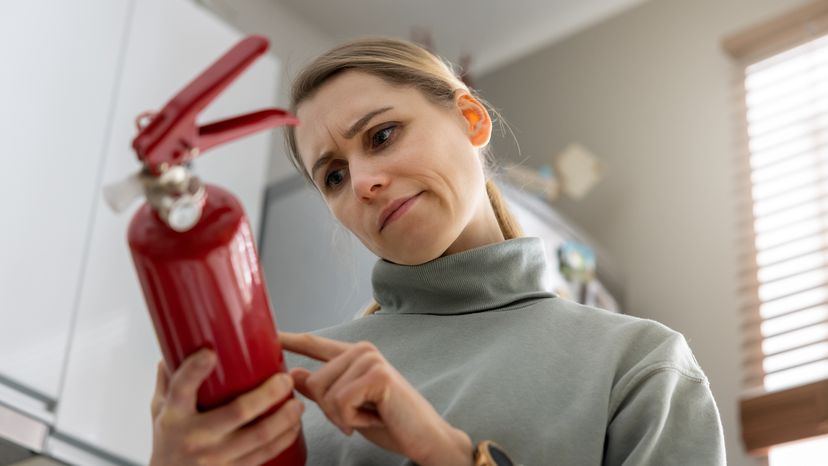A crucial aspect of fire extinguisher inspection is understanding the the various types available. Each is designed to handle different kinds of fire scenarios, and their inspection processes vary slightly too [source: NFPA]. Here's a brief look at the most common types:
Water Extinguishers (Class A)
This type is ideal for Class A fires involving ordinary combustibles like wood, paper, and textiles. Water extinguishers are designed to cool the burning material. When inspecting this type, you should also be on the lookout for rust and corrosion, and ensure that the nozzle is clear of any blockages.
Foam Extinguishers (Classes A & B)
Foam extinguishers can take on Class A and B fires, which includes flammable liquids in addition to the combustibles mentioned above. They smother the fire with foam, forming a barrier between the fuel and the air. When inspecting this type, ensure that the locking pin is intact, the hose is clear of cracks, and the pressure gauge is in the operable range.
Dry Powder Extinguishers (Classes A, B, & C)
This type is incredibly versatile, capable of extinguishing class A and B fires, in addition to fires involving flammable gases like propane and butane (Class C). Inspecting this type involves shaking them occasionally to prevent the powder from settling.
CO2 Extinguishers (Class B & Electrical Fires)
Ideal for offices and workshops, a carbon dioxide extinguisher is designed to displace oxygen by smothering the fire without leaving a residue. They don't have a pressure gauge, and must be weighed to ensure fullness.
Wet Chemical Extinguishers (Class F)
Wet chemical extinguishers are ideal for fires that involve cooking oils and fats in the kitchen. Inspection of this type involves regularly checking the pressure gauge and assessing the structural integrity of the hose.
